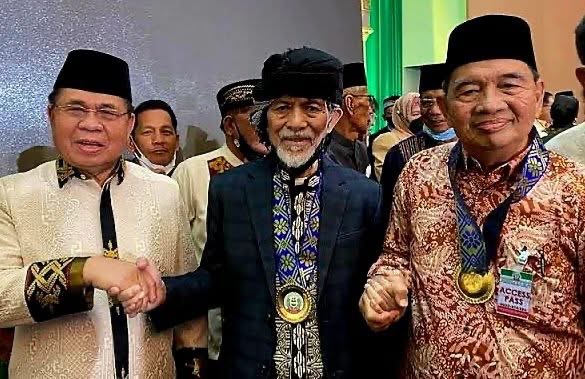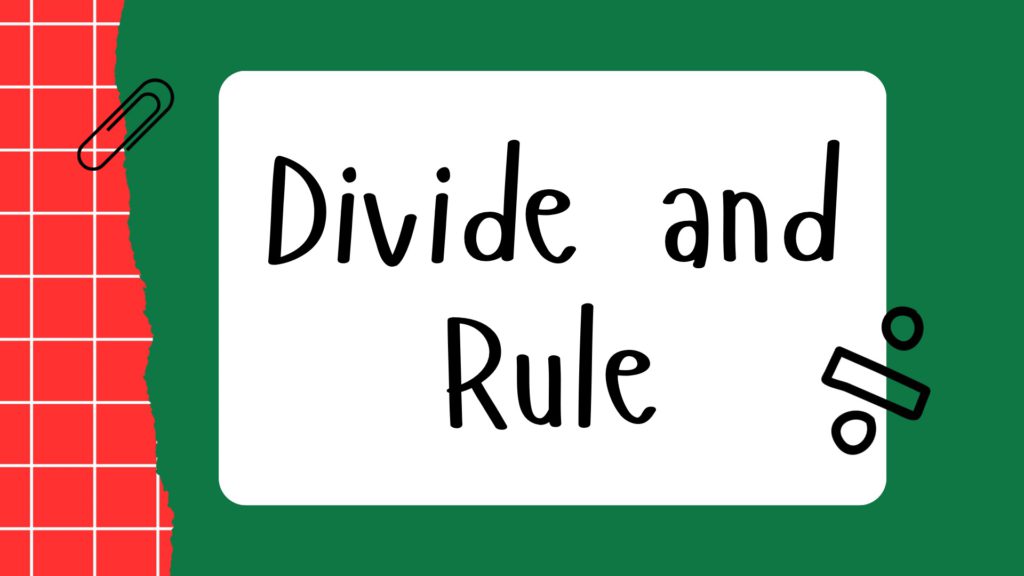
Lessons from Past Revolutions on Overcoming Divide-and-Rule Tactics (Part 2-Divide and Rule Tactics)

Throughout history, revolutionary organizations have faced formidable challenges, especially the divide-and-rule tactics employed by external powers and internal factions seeking to weaken unity. Yet, countless movements have demonstrated that resilience, strategic unity, and unwavering conviction can triumph over division. The Moro Islamic Liberation Front (MILF) serves as a poignant example of perseverance and strategic cohesion in the face of manipulation.
The Power of Unified Vision:
One of the fundamental lessons from successful revolutions is the importance of a clear, shared purpose. The MILF’s commitment to self-determination and genuine autonomy united a diverse array of members and factions. Establishing common goals helps insulate movements from internal splits fueled by external influences. When members see the larger vision as worth sacrificing for, they resist division and external interference.
Building Strong Internal Cohesion:
Internal unity forms the backbone of resistance against divide-and-rule tactics. Historical movements like the ANC in South Africa and the Irish Republican Army have emphasized disciplined organizational structures, shared values, and collective leadership. Establishing open communication channels, fostering inclusive decision-making, and promoting a culture of solidarity bolster resilience against attempts to sow discord.
Strategic Diplomacy and Negotiation:
Successful revolutions balance militancy with strategic diplomacy. By engaging with external stakeholders on equal footing and demonstrating a commitment to peace, movements like the MILF have negotiated meaningful agreements that respect their aspirations. This approach reduces external manipulation and garners international support, which acts as a shield against covert divide-and-rule strategies.
Addressing Internal Divisions and Factions:
Effective revolutionary organizations recognize internal divisions early and address them through dialogue and inclusive policies. The early efforts of the FLN during the Algerian War of Independence, for instance, prioritized ideological cohesion and leadership accountability. Ensuring everyone feels heard and valued minimizes factions and fosters loyalty.
Keeping the Spirit Alive:
Inspiration is drawn from shared struggles, stories of resilience, and collective achievements. Celebrating small wins and remembering the sacrifices of martyrs strengthen morale and reinforce the collective identity. Movements that cultivate a strong narrative of perseverance tend to withstand external pressures to fragment their ranks.
In Conclusion:
The path of revolution is fraught with obstacles, especially those aimed at sowing discord. However, history consistently shows that unity, clarity of purpose, internal cohesion, strategic diplomacy, and resilient leadership are powerful tools to overcome divide-and-rule tactics. Movements like the Moro Islamic Liberation Front (MILF) remind us that with steadfast commitment and smart strategies, even the most challenging external manipulations can be surmounted, paving the way toward genuine independence and self-determination. Allah knows best. (Note: This article is shared by BMN/BangsamoroToday with the author’s permission, Abdullah P. Salik, Jr.)

